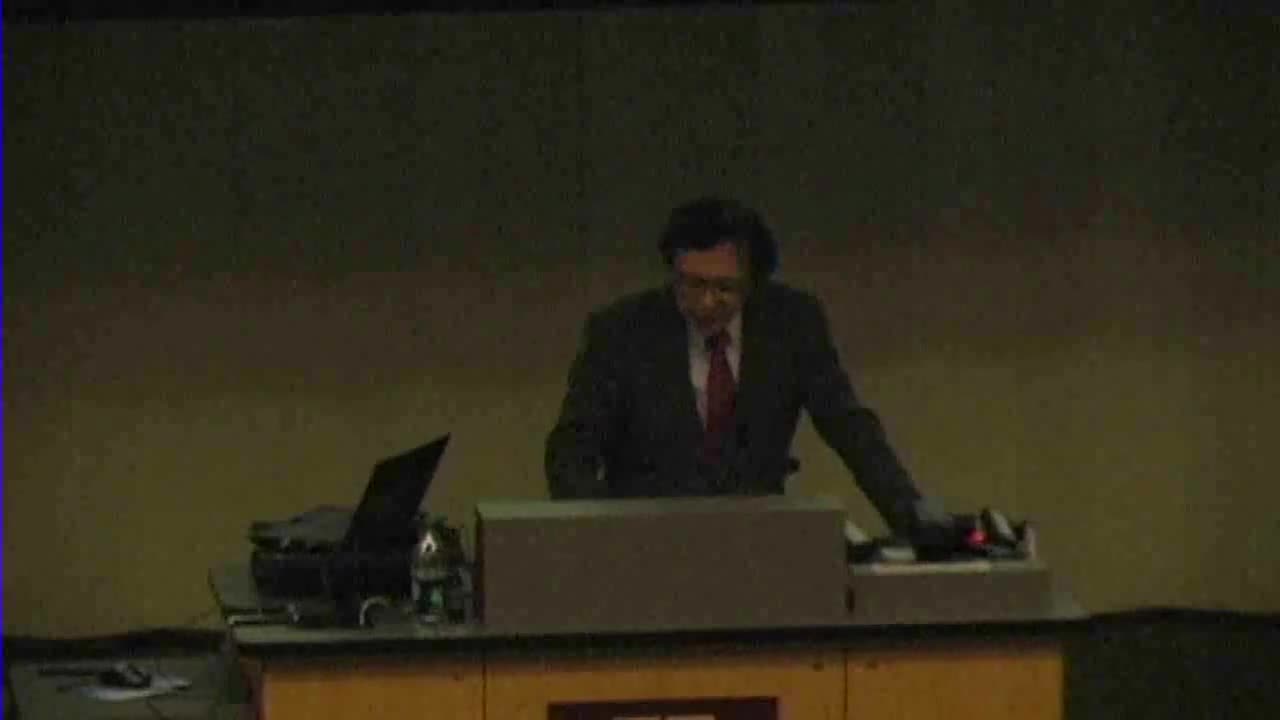Abstract
In September 2012, the area of the Arctic Ocean covered by sea ice reached its lowest level ever recorded in more than three decades of satellite measurements. In fact, compared to the 1980s and 1990s, this represents a loss of more than half of the summer Arctic sea ice pack. While global climate models generally predict sea ice declines over the 21st century, the precipitous losses observed so far have significantly outpaced most projections. During his lecture, Golden will discuss how mathematical models of composite materials and statistical physics are being used to study key sea ice processes and advance how sea ice is represented in climate models. This work is helping to improve projections of the fate of Earth’s ice packs and the response of polar ecosystems. In addition, a video from a 2012 Antarctic expedition where sea ice properties were measured will be shown.
